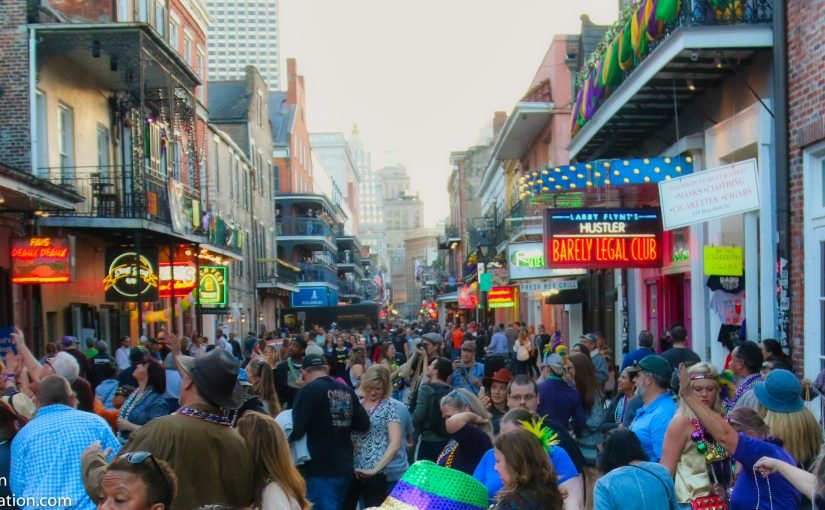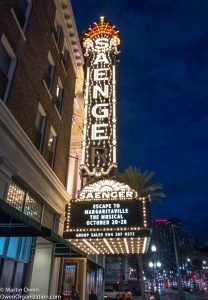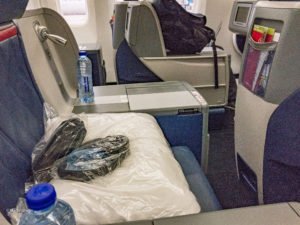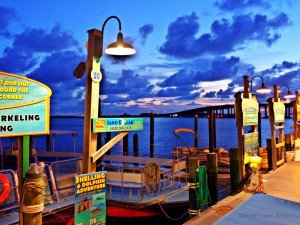A dilemma for NOLA
A recent article in a newspaper, The Economist, highlighted the changes that are happening in New Orleans. The Crescent City is local to Northwest Florida in that its only a four hour drive away and the culture (Mardi Gras for example) and cuisine of the City, and Louisiana in general heavily influence the Northern Gulf Coast. It can be said that Northwest Florida is closer in temperament an culture to NOLA, than it is to the rest of Florida. Orlando, which many international travelers see as ‘Florida’ is after all a six hour drive away and shares little in culture with the Panhandle.
The gist of The Economist article, which you can read HERE, is that the Mayor
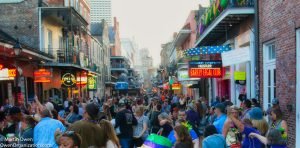
and administration is attempting clean up the city’s act. New Orleans is famous for (admittedly among many other things) the free wheeling nature of the French Quarter in general and Bourbon Street in particular. Over recent years the French quarter has become a center for Bachelor and Bachelorette parties. Most of these at some stage gravitate towards the bars and music joints along Bourbon Street where they seek out the ‘genuine’ flavor of the old city.
Now the Mayor, understandably, wants to make sure that visitors are both safe and legal. There is a backlash against the cleanup with the slogan ‘Bourbon Street not Sesame Street’. As the article points out, some of the workers in the area question just how illegal the activities actually are and offer the suggestion that by changing the place, people may be put out of work or worse, moved into activities that really are beyond the pale.
Many years ago Bugis Street in Singapore had an equally salacious reputation. During the ‘50s and through to the ‘80s the street was famous for its nightly gatherings of the local transvestite population. It became one of Singapore’s main tourist attractions. Not somewhere one would recommend to your maiden aunt for a visit certainly, but it did contribute much to Singapore’s tourist attraction. Bugis Street is still there but was cleaned up during the ‘80s and ‘90s and is now one of the places famous for low cost clothes and a tourist attraction in in its own, new right.
From a tourism and moral point of view there can be no justification for illegal activities. However is there perhaps a very fine line to be trod between sanitizing and destroying? What would Las Vegas be without gambling for example.
A few years ago New York City decided to make Times Square more family friendly and threw out the dubious bars and entertainments. It doesn’t seem to have affected it’s ability to draw tourists although I would question if the area, particularly in the late evening is a place for visitors of a shall we say, a nervous disposition.
We visit New Orleans frequently and stay in the French Quarter. We walk around the area at night and although we cross Bourbon Street we tend not linger and never visit the bars and music joints. We know they’re there of course and don’t begrudge their patron the thrill of an authentic experience, providing they know what they’re doing and keep their wits about them.
Would a Disneyfied version of the Vieux Carré still be attractive to its patrons? Would a fake Eiffel Tower still draw visitors? I suppose the fake tower in Las Vegas does, but then Vegas has the gambling too……






